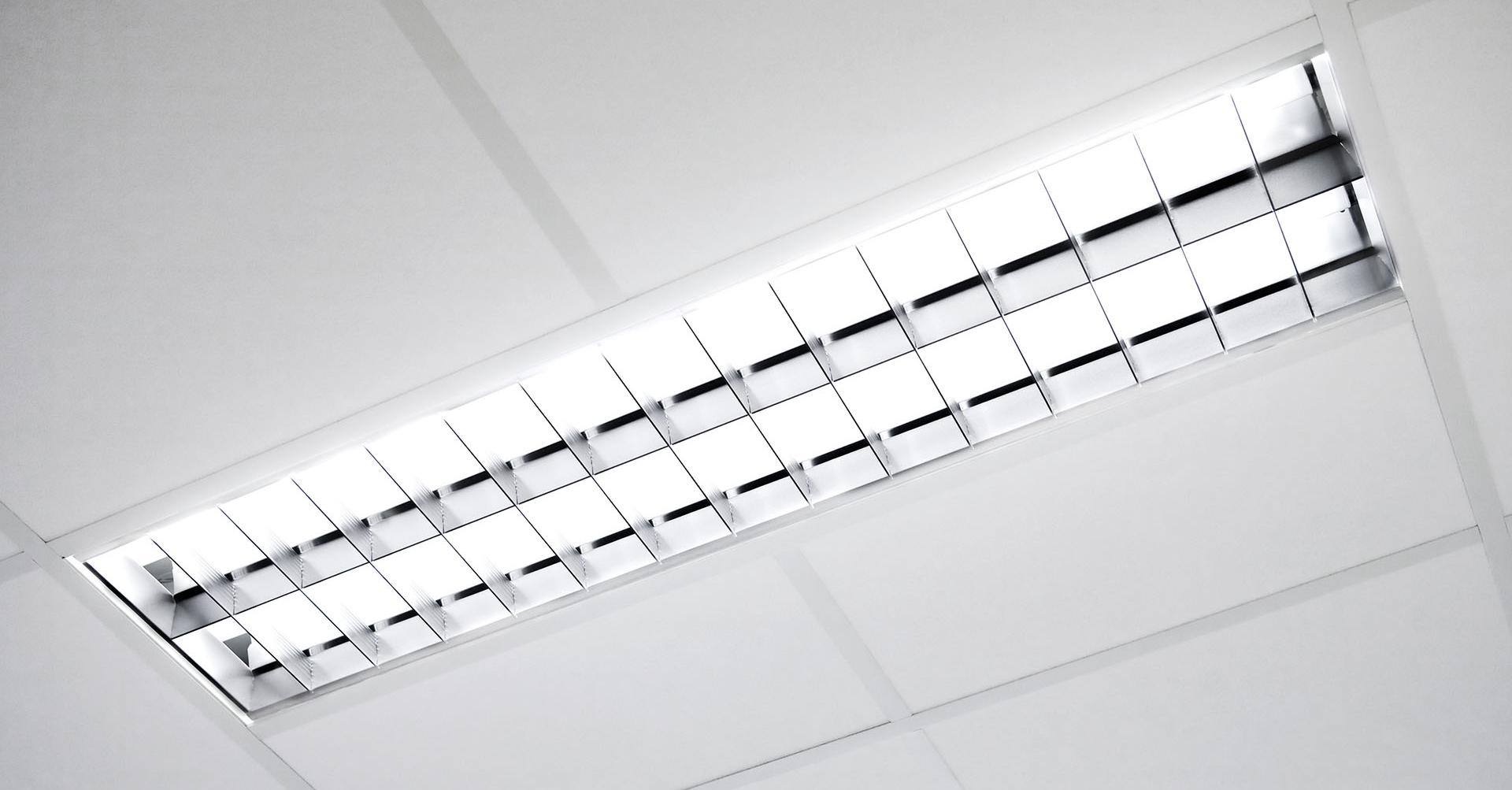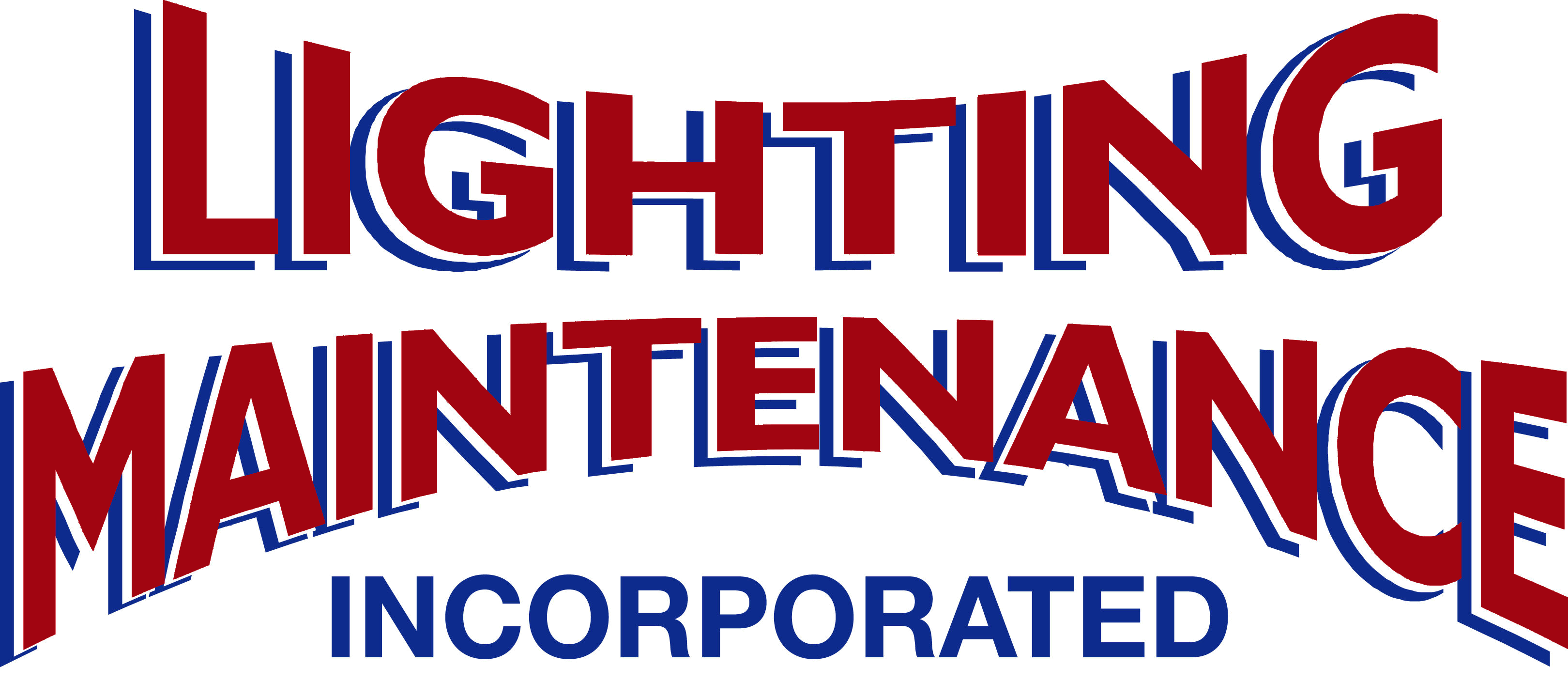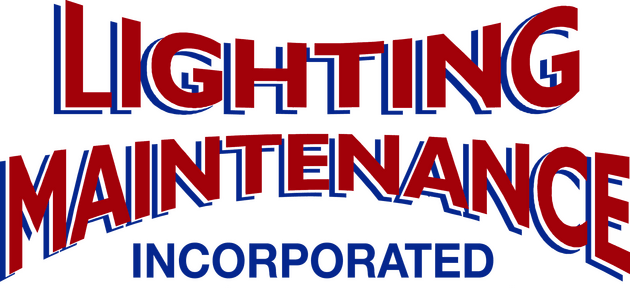17 Jul An Overview of Lighting Options: LED, Fluorescent, and HID
Today, many different lighting options are available for the consumer market due to frequent advancements and new technology being released every day. Each lighting solution offers users various benefits, and depending on what capabilities you’re looking for, one option may outweigh the other. From the new age LED lighting to older lighting styles, such as fluorescent and HID lighting, becoming familiar with their functioning systems and capabilities is the first step in selecting the best lighting option for your property.
LED Lighting
The acronym LED stands for light-emitting diode. In a breakdown of the structural elements of LED lighting, the diode is an electrical semiconductor component that consists of two electrodes, an anode, and a cathode. Electricity flows through these electrodes in only one direction, entering through the anode and exiting through the cathode. When electricity flows through the diode, visible light is emitted, which is what we see. The diode is usually made from semi-conductive materials such as silicon or selenium, and these substances encourage electricity conduction in a variety of circumstances.
How Does LED Lighting Work?
LED lights consist of two types of semiconducting material, which are labeled p-type and n-type. These materials are referred to as extrinsic materials and have been dipped in a substance called a doping agent. A doping agent is a chemical element that alters the extrinsic materials’ state, thus causing a change in pre-existing electrical properties. A chemical element such as boron is used to create p-type materials because a chemical element with fewer valence electrons than the intrinsic material is required. A chemical element, such as phosphorus, is used to develop n-type materials because a chemical element that has more valence electrons than the intrinsic material is needed. As a result, a p-n junction is created, which creates an electrical circuit.
Pros and Cons
LED lighting is incredibly functional and continues to rise in popularity with both commercial and residential locations. As with anything, there are pros and cons to this lighting option that property owners are encouraged to consider when making a lighting choice.
- Long lifespan if properly cared for
- A cost-effective lighting solution aside from the higher upfront investment
- Higher electrical efficiency and lower power use, however, not all bulbs are dimmable
- Advanced technology which can make or break convenience and maintenance needs
Fluorescent Lighting
The term fluorescent lighting refers to an extremely versatile lighting style commonly found in a commercial setting such as an office, school, or grocery store. Many of these locations choose fluorescent lighting because it is incredibly energy-efficient and cost-effective compared to other lighting options such as incandescent, halogen, and LEDs. Fluorescent lighting comes in many different types making it accessible and readily available for varying uses.
- Linear fluorescent tubes
- Fluorescent bent tubes
- Fluorescent circline tubes
- Compact fluorescent lamps
How Does Fluorescent Lighting Work?
The human eye sees fluorescent lighting due to a chemical reaction inside a glass tube. Various gases and mercury vapor interact inside the glass tube to create a chemical reaction that results in an invisible UV light. The invisible UV light that’s created illuminates the phosphor powder coating located inside the glass tube, which results in an emission of white fluorescent light.
- Electricity Enters Light Fixture: The electricity that makes a light fixture work enters through a ballast component, which helps manage the voltage and current. The ballast feeds the electricity into pins that are located on both ends of the fluorescent bulb.
- Flows to Electrodes: Once electricity is fed into the pins, it flows to the electrodes located inside the sealed glass tube. These electrodes travel across the tube, making a connection with various cathodes. Gases and mercury vapor are located inside the glass tube that become activated, thus creating a chemical reaction that results in invisible UV light.
- Interaction with Phosphor Powder: The invisible UV light interacts with phosphor powder located on the inside of the sealed glass tube. Once the phosphor powder is activated and mixed with the invisible UV light, the bright white light we see is created.
Pros and Cons
As previously mentioned, many commercial facilities utilize fluorescent lighting due to convenience and long-lasting capabilities. Commercial facilities require lighting for extended periods, so it’s incredibly important to have a reliable lighting source. However, even though fluorescent lighting tends to be the go-to for many companies, there are still advantages and disadvantages to this lighting solution.
- An efficient lighting solution, however, frequent switching on and off can shorten life
- Incredibly budget-friendly but has limited use as these bulbs cannot be utilized outdoors
- Offers property owners with versatility due to many different styles and designs
- Bulbs contain mercury that can harm our environment and users

HID Lighting
The acronym HID stands for high-intensity discharge, which is an overarching term for gas-discharge light. HID lighting is typically utilized to light large areas such as streets or outdoor stadiums, meaning these bulbs would be found in street or flood lamps. These lights are the oldest type of electrical lights meaning they aren’t as advanced compared to fluorescent or LED lighting. HID lights lose efficiency quite quickly because higher voltage levels are required to produce the same lumen output as the light diminishes. In HID lighting, the light source is in an electric arc between two tungsten electrodes. As with fluorescent lighting, there are many different types of HID lights available on the market today:
- Mercury vapor
- Low-and-high pressure sodium
- Metal halide lamps
- Ceramic metal halide
- Xenon short-arc lamps
How Does HID Lighting Work?
An electric arc produces light between two tungsten conductors accompanied by an ionized gas housed inside the lightbulb. Ignition is required to light the electrical arc provided by a voltage pulse or third electrode. Once the electrical arc is ignited, it begins to evaporate metal salts located inside the bulb, causing an increase in luminous power and evaporation. Typically, HID lighting becomes brighter the longer it’s ignited due to a required warming period. The warming period allows for the bulb elements to react to one another, causing a brighter light.
Pros and Cons
HID is one of the oldest forms of electrical lighting available today, meaning many of the newer lighting options beat HID bulbs exponentially. Large areas such as neighborhood streets or stadiums benefit from HID lighting, so there are still popular uses today, thus making it a beneficial lighting solution. Below are a few comparisons to newer lighting options:
- Less durable than more modern bulbs and has moving parts, glass, and filaments
- Shorter lifespan comparatively due to the necessary warming period
- Not much versatility or style options
- Lower upfront cost, but requires regular replacement to maintain adequate functioning
Select the Best Lighting Solution for Your Property
Whether you’re lighting a commercial or residential property, it’s incredibly important to do thorough research on the many lighting solutions available today as each comes with its own benefits. LEDs, fluorescents, and HID are all excellent forms of lighting but cater to different audiences. It’s recommended to keep this in mind when making your decision as property owners need a lighting solution that is reliable and budget-friendly.




